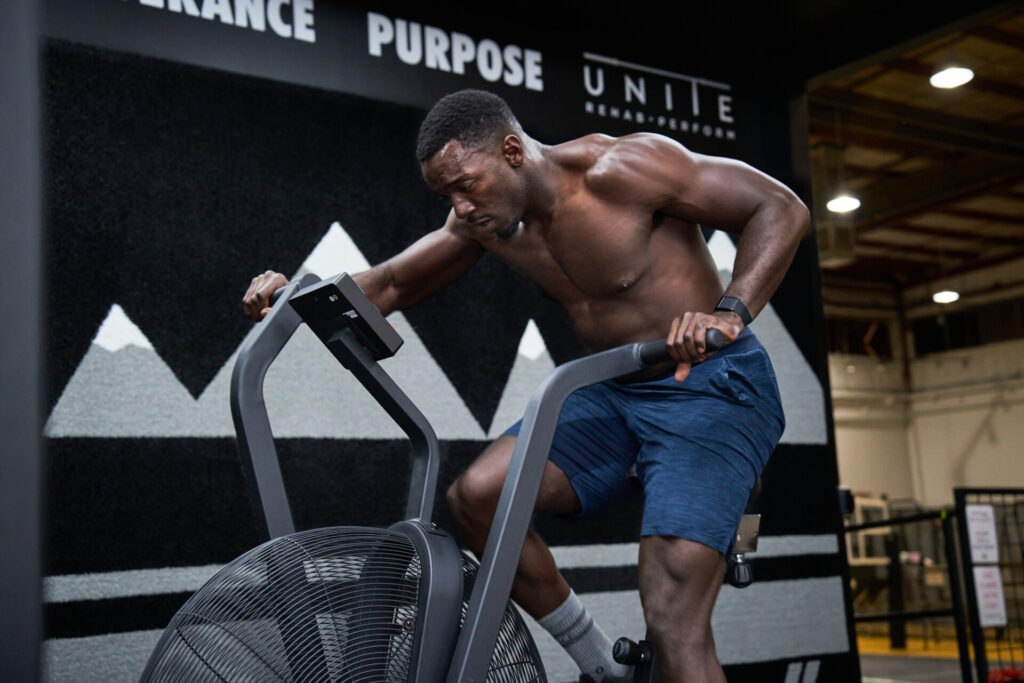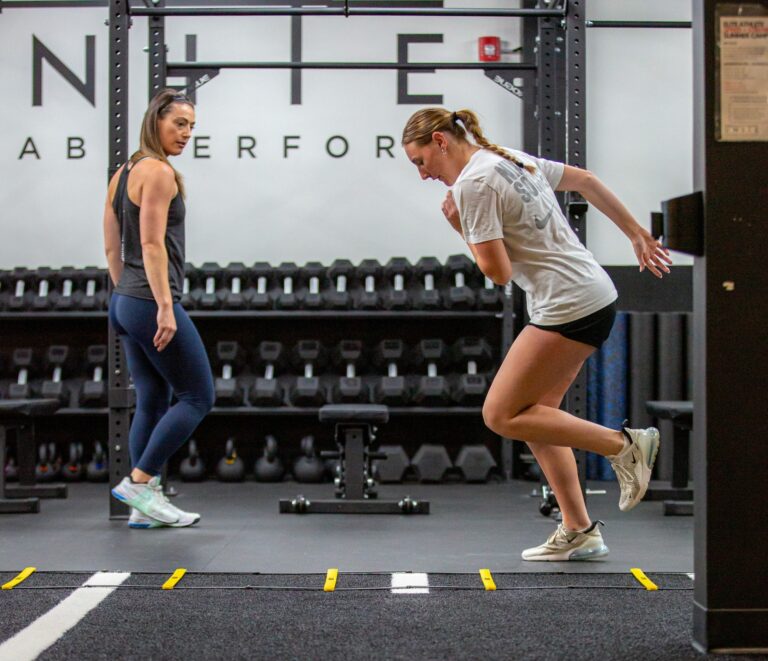
UNITE.rehab.perform
Denver's Best Sports Physical Therapy
Are You Really Ready?
How to Know If You're Cleared to Return to Sport
Suffering an injury is frustrating enough, but the uncertainty of returning to sport can be more challenging. You might feel ready to jump back in, but how do you know for sure that your body is truly prepared? At UNITE.rehab.perform, we help athletes transition safely back to competition without risking re-injury. Here are key factors to assess before returning to the field, court, or gym.

1. Clearance from a Qualified Professional
First and foremost, you should have medical clearance from a qualified professional, such as a Doctor of Physical Therapy or a sports medicine specialist. This clearance isn’t just about pain-free movement-it ensures your body has regained the necessary strength, mobility, and stability to handle the demands of your sport.
2. Pain-Free Movement in Sport-Specific Tasks
You should be able to move through sport-specific motions without pain, compensations, or hesitation. Whether it’s sprinting, cutting, jumping, or pivoting, your body should perform these movements naturally. Persistent pain, stiffness, or discomfort is a red flag that your body isn’t fully ready.


3. Strength & Power Symmetry
Muscle imbalances are a leading cause of re-injury. Research suggests that athletes should aim for at least 90% strength and power symmetry between the injured and non-injured side before returning to competition. This means:
- – Equal strength in major muscle groups (e.g., quads, hamstrings, glutes)
- – Explosive power for jumps, sprints, or lifts
- – Proper mechanics under load
4. Full Range of Motion (ROM) & Mobility
Can you move through the full range of motion required for your sport? If you’re lacking hip mobility for sprinting, ankle dorsiflexion for cutting, or shoulder flexibility for overhead movements, you’re at a higher risk of compensatory injuries. Your movement should be fluid and unrestricted.
5. Confidence in Your Injury & Movement
Psychological readiness is just as important as physical readiness. If you hesitate, modify movements out of fear, or feel uncertain about pushing yourself, your risk of re-injury increases. Studies show that athletes with high confidence in their injury recovery have better return-to-sport outcomes.
6. Fatigue & Endurance Testing
Can your body handle the physical demands of a full game, match or workout? Testing endurance under fatigue-such as running drills, repetitive jumps, or prolonged agility movements- helps ensure that you won’t break down when it matters most.
At UNITE.rehab.perform, we help you navigate your personal journey. From tailored training programs and injury recovery strategies to ongoing performance enhancement, we’re committed to supporting you throughout every phase of your fitness journey. Our team of experts is here to help you thrive in a way that’s sustainable and beneficial for your long-term health.
7. Controlled Scrimmage or Training Test
Before jumping straight into competition, a gradual return-to-play progression is crucial. This may include:
- – Non-contact drills to test movement patterns
- – Controlled scrimmage situations to assess real-time performance
- – Full practice participation before game clearance
Final Thoughts: Don’t Rush the Process
Returning too soon can lead to setbacks or even worse injuries. At UNITE.rehab.perform, we guide athletes through a structured Return-to-Sport Program, ensuring they’re truly ready-physically, mentally, and strategically. If you’re unsure whether you’re ready to get back in the game, schedule an assessment with our performance physical therapists today!
➡️ Ready to return? Let’s make sure you’re 100% prepared. Book your evaluation with our team today!
Dr. Victoria A. Riester, PT, DPT
©2020-2025 UNITE.rehab.perform LLC. All rights reserved.
UNITE.rehab.perform does not provide medical advice, diagnosis, or treatment through this website or related content. See additional information.